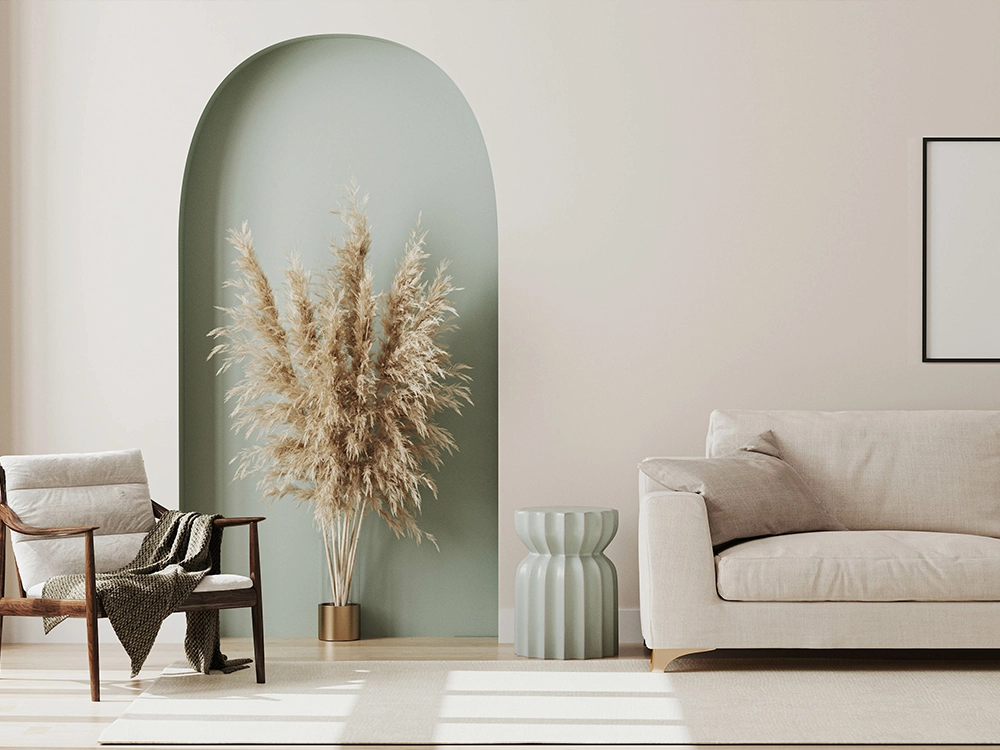
In the world of luxury, architecture has always been a reflection of taste, refinement, and innovation. In recent years, a trend has emerged, overturning the traditional codes of grandeur: minimalist architecture. Far from being a simple architectural style, minimalism has become a true art of detail, where each element is thoughtfully designed to create spaces that are both aesthetic and functional.
The Philosophy of Minimalism
The Philosophy of Minimalism Minimalism, in architecture, is based on a fundamental principle: "less is more". This mantra, popularized by the German architect Ludwig Mies van der Rohe, encourages the elimination of the superfluous to focus on the essential. In luxury residences, this philosophy translates into clean lines, simple volumes, and noble materials. The goal is to create spaces where form follows function, offering a harmonious and soothing living environment.
What sets minimalist architecture apart in the realm of luxury real estate is the meticulous attention to detail. Unlike other architectural styles that rely on extravagance and accumulation, minimalism focuses on the perfection of each component, whether it be a door handle, a joint between two materials, or the arrangement of natural light. Each element is carefully selected to seamlessly integrate into the whole, creating a coherent and fluid aesthetic.
Elegance through Simplicity
Elegance through Simplicity Minimalist architecture in luxury residences does not mean austerity. On the contrary, simplicity becomes a vector of elegance. The chosen materials, often natural and raw, are of exceptional quality. Marble, wood, glass, and steel are often favored, not only for their aesthetics but also for their durability. These materials are worked in a way that reveals their intrinsic beauty, without artifice. Wood, for example, is often left in its purest state, with finishes that highlight its grains and natural nuances.
Minimalist residences are also designed to maximize natural light. Large glass windows, strategic openings, and transparent elements allow light to flood the spaces, creating a warm and welcoming ambiance. This abundance of light showcases the materials and volumes while creating a seamless connection between the interior and the exterior. In environments where the landscape is a major asset, such as properties located by the sea or in the mountains, this approach magnifies the natural setting while offering breathtaking views.
Functionalism at the Heart of Luxury
Functionality at the Heart of Luxury In a minimalist luxury residence, every space is designed to be both aesthetic and functional. The spaces are modular, offering great flexibility of use. This approach is particularly appreciated in contemporary residences, where owners desire living spaces that can adapt to constantly evolving lifestyles.
Storage is integrated invisibly into the architecture, maintaining order and sobriety. Furniture is chosen for its clean design and functionality, often custom-made to seamlessly integrate into the space. Technological systems, such as lighting, air conditioning, or audiovisual equipment, are hidden, offering modern comfort without compromising the minimalist aesthetic.
The Retail Challenge
The Challenge of Detail While minimalist architecture may seem simple at first glance, it is actually extremely demanding. The slightest imperfection becomes visible in a clean space, requiring flawless execution. Architects and artisans working on minimalist projects must possess exceptional craftsmanship and an attention to detail that borders on obsession.
Luxury minimalist architects constantly strive to create interiors that, while minimalist, remain welcoming and warm. This balance is often achieved through the judicious use of textures, neutral colors, and natural materials, which bring warmth and depth to the spaces.
A Sustainable Trend
A Sustainable Trend Minimalist architecture in luxury villas is not a passing trend, but a sustainable trend that responds to a deep need for a return to the essentials. In a world where the pace of life is increasingly fast and distractions are ubiquitous, minimalism offers a refuge, a space of tranquility and contemplation.



